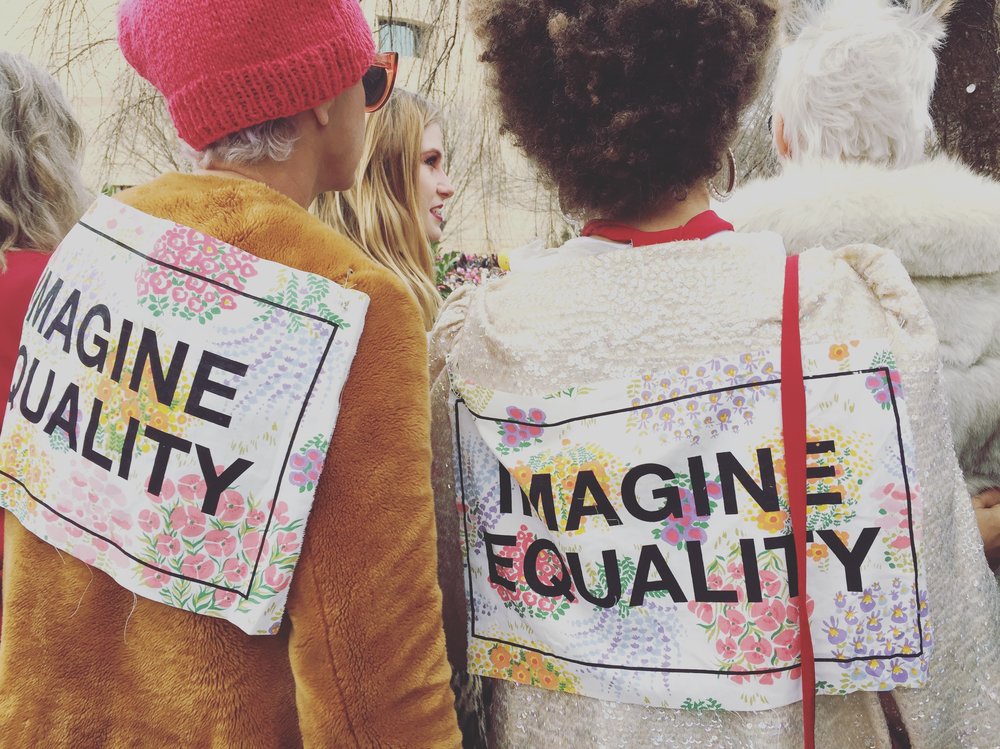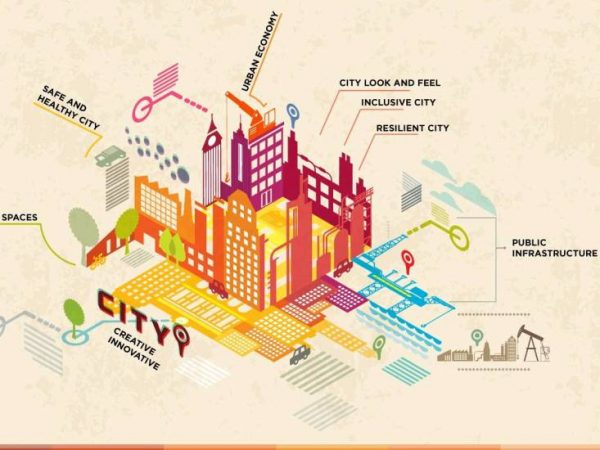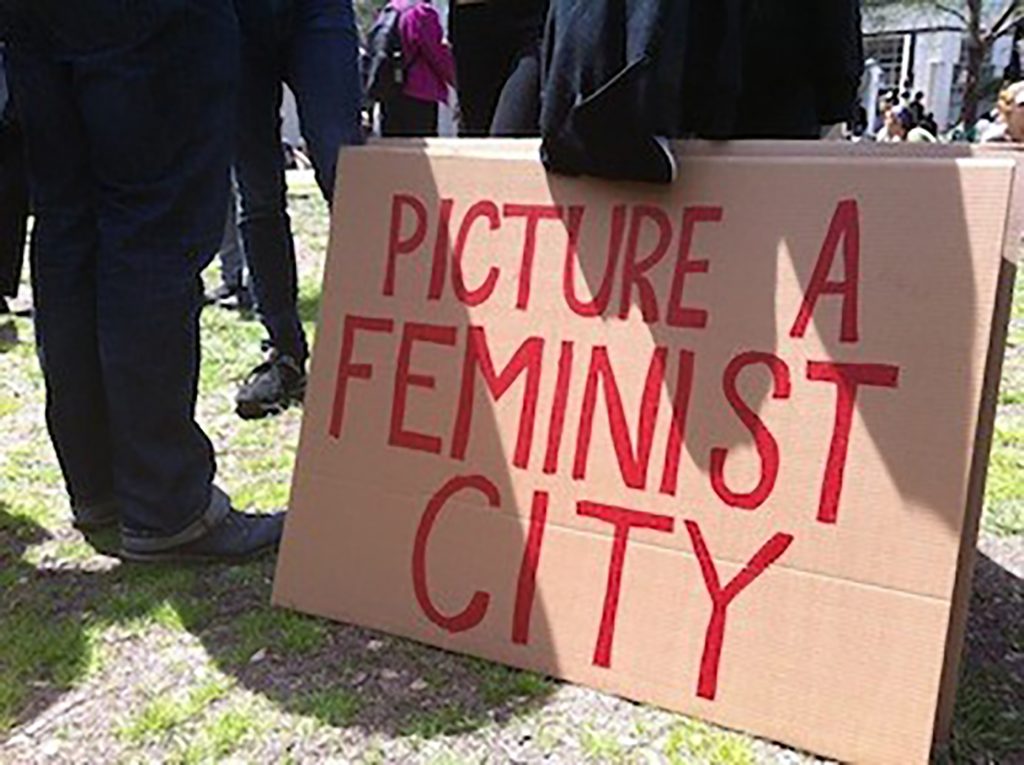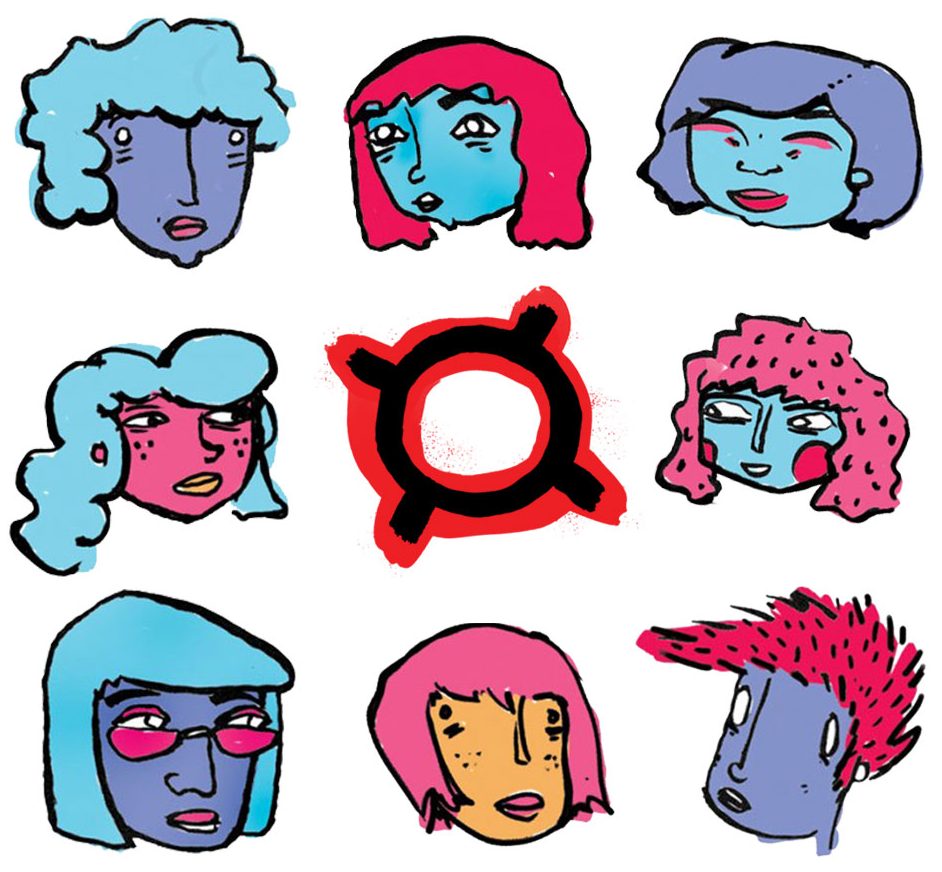You are visiting Liisbeth’s archives!
Peruse this site for a history of profiles and insightful analysis on feminist entrepreneurship.
And, be sure to sign up for rabble.ca’s newsletter where Liisbeth shares the latest news in feminist spaces.

What if we could rank cities according to how desirable they were for women and gender minorities to live, work and play? And what if this equated with sustainable economic growth for all? If we could pinpoint and, hence, strengthen factors that would attract women and in particular, women entrepreneurs and investors, to move to a city, what might those factors be? Consider:
- Safety in all areas of a city, during day and night.
- Refuge sites and high quality support for victums of gender violence. (or better yet, declining numbers)
- A thriving diverse women-led entrepreneurship ecosystem.
- Equal wages (Ontario has a 31% gap).
- Equal gender representation on corporate and non-profit boards as well as city council.
- Affordable and accessible daycare.
- Vibrant, inclusive mentor networks.
- A five block feminist and social justice centered enterprise district.
- A thriving feminist art, music, media and culture scene.
- Subway stations and main streets re-named after prominent women and gender minority leaders.
- Subsidized feminist summer and March break camp programs-for all genders.
- Plenty of green space for recharging and connecting root chakras with Mother Earth.
- Progressive attitudes towards women in all sectors including civic affairs, the legal system, and reproductive health.
- A self-identified feminist Mayor.
- (Add your idea here)
Sounds attractive? Welcome to The Feminist City.

Why The Feminist City?
We bet women (and their families) from around the world would flock to The Feminist City—to live, work, invest, and thrive. And we bet men would gain too. As would gender nonconforming folks and others from diverse backgrounds.
In addition, the economy would experience a much needed spark. There is a strong business case (jobs, tourism dollars, quality of life) behind the idea that The Feminist City would produce incredible economic development opportunities—cities could do themselves (and us) a big favour by trying to become one.
Progressive Politics Produce Economic Benefits
At the turn of this century, when cities were looking for a competitive edge or ways to save enfeebled economies, urban theorist Richard Florida, extending the brilliant work of urbanist Jane Jacobs, seemed to provide the answer: Find ways to attract the “creative class” who were deemed to be the force capable of reviving rusting, industrial age economies. Creative-class infused cities would later become the economic heroes of the times. The Harvard Business Review hailed his book, The Rise of The Creative Class, as the major breakthrough idea of 2004.
Who comprised this creative class? The “super creative” ten per cent epicentre of this class or worker included scientists, engineers, university professors, poets, novelists, artists, entertainers, actors, designers, and architects”. (Note: All male-led fields). But essentially, the bulk of the creative class folk were primarily socially marginalized people considered to be dreamers, sketchy or undesirables in prior decades. Florida proposed that cities that invited diversity and were were more tolerant of outliers were and would continue to be, more economically resilient and successful. At that time, his indicators for tolerance was measured by how friendly a city was towards “unconventional people – gays, immigrants, artists, and ‘free-thinking bohemians’.”
Florida did not consider gender equity as part of his original creative class formula. In fact, he didn’t consider the health of the local feminist ecosystem as a key driver of economic success in subsequent updates of his theory—that is, until 2012.
Now, with gender inequality persisting and mother earth being pummelled to breaking point (Coincidentally? We think not!) Feminism has remerged from the deep like Godzilla (who is female by the way) to level the field and fight the dark blue scourge. Florida took notice and reflected this in his most recent work. As did others interested in saving economies gasping for air. Advancing women has suddenly become the neoliberal capitalist equivalent to trading bitcoins—perceived huge potential for outsized returns and fast.
Today, many national governments and multi-national corporations are betting that advancing equality for women and girls will fuel new economic growth. Consequently, more people than ever before in history are working to advance gender equity in all sectors. However, the idea that progressive pro-women urban development policy can attract high-growth, next-gen industries, new tourism dollars, and make our cities more livable/visitable for all genders is only just now starting to catch on at the municipal level.
Buh-bye Creative Class? Welcome The Feminist Class!
As evidence, progressive female urban planners are increasingly organizing and working together on about at how to make cities better for women and girls. Their tactics include getting more women involved in urban planning, shaping policies that advance gender justice, and designing more inclusive, safe public spaces. In step, progressive economic development officers are working on strategies to attract high-growth, women-led enterprises. In other words, they are talking about criteria and strategies for creating a feminist city.
The media has also jumped on the idea by writing about what cities are best for women. In 2014, Bustle, a U.S. based feminist magazine, identified the eight best cities for women to live in in the United States. Editors considered factors like the gender wage gap, laws related to reproductive health, and the depth and “breadth of the city’s historical foundations of progressive feminism in the city.” The list of cities included San Francisco (CA), Austin TX), Philadelphia (PA), and New York City (NY). While these cities have earned a reputation as being female friendly, local governments don’t market themselves as such nor do they demonstrate any specific commitment to gender equity or the advancement of women and girls. They still have a long way to go to being truly feminist cities.
A Tale of Two Cities
Across the pond, Spain’s capital of Madrid is actively marketing their commitment to gender equity and feminist ideals in an attempt to boost tourism—and their annual growth rate in that sector already generates hot green envy amongst peers.
The Mayor and City Council of the city of 3.6 million has declared straight up, loud and proud, that Madrid is a feminist city. And they back it up with action. Just over a year ago, the City Council created the Department for Policies of Gender and Diversity “in order to coordinate efforts to eradicate the perverse effects produced by our patriarchal society.” Says Mayor Manuella Carmena Castrillo: “It is a task that involves all branches of government, even if these are themselves fueled by such a culture.”
Madrid’s effort to advance equity and inclusion is multi-faceted. The “Espacios de igualdad” (“Spaces of Equality”) are 13 projects located in districts around the city that “act as a place of reference for citizenship.” The “spaces” offer workshops and activities to raise awareness of how a culture transmits inequality. They have legal, psychological and professional development initiatives to train all citizens on how to promote gender equality and transform the culture.
The city has also launched two extra-curricular educational programs — “Escuelas de Empoderamiento (“Schools of Empowerment”) and Escuelas de Igualdad (“Schools of Equality”)—that “raise awareness and mobilize the population around issues of equality by disseminating the great contributions brought about by feminism and implications around the concept of gender.”
We could go on. But let’s stop and think about how such initiatives might fly in North American cities. In LiisBeth’s hometown of Toronto, a city similar in size and scale of influence to Madrid, it’s nearly inconceivable to imagine the current mayor or council, both conservative leaning, seizing on feminism as an opportunity.
Toronto’s mayor, John Tory, recently spoke at Move the Dial, a big-budget, Silicon Valley style event to promote women’s participation and advancement in STEM sectors. In a fireside chat with Canadian tech entrepreneur celebrity Michelle Romanov, Tory boasted about his team’s success in luring another hollywood-style bro-owned and led tech conference-Collision–which featured Eva Longoria (acress from Desparate Housewives) as a draw in 2017-to the city for the next three years. He said that a big attraction for organizers was Toronto’s diverse talent pool in STEM. In fact, he mentioned Toronto’s diversity—we counted five times—as a primary draw for people and companies who come to Toronto. Because Toronto is home to people from some 230 different nationalities who negotiate life here, eat each other’s cuisine, and live side by side largely peacefully.
But the city is far from being a beacon of a gender equity progress. Step one in creating a feminist city is making cities safe for women and girls and every six days, a woman is killed by her intimate partner in Canada—Toronto, as Canada’s most populous city, shares this burdensome stat. Only 30% of Toronto’s new city council are women. Toronto’s Equity, Diversity and Inclusion website lists 10 specific equity initiatives—but not-a-one related to gender equity. None of Canada’s TSX top 60 companies—the majority headquartered in Toronto-are headed by a woman. There are only two independent women-led entrepreneur co-working and incubator spaces in existence within city boundaries. Rather than working to shore up women’s entrepreneurship ecosystems, especially in the human-centered economy sectors, the city closed EMBER, the city’s only women-led/women-centred startup incubator program, in 2016. If you type the word “feminism” into the City of Toronto’s website, you get two hits (Madrid=3020 hits). As a result, Toronto’s tourism and economic development strategy (Read: tech, tech, more tech, nothing but tech. Did we say tech?) looks like it is stuck in the 1990s—the decade the internet went mainstream. All this is unfortunate and dated if Madrid is any indication. Time to run toward where the ball is going-not where it’s been.
The city of Madrid is not perfect. But it takes action. In April, thousands across Spain took to the streets to protest the lenient sentencing of five men in the violent, video-taped “wolf pack” gang rape of a teen attending a bull running festival in Pamplona. Thousands of men and women across Spain took to the streets to protest. The ruling was seen as especially out of touch with the Madrid’s feminist leaning societal values. Madrid responded by banning the men from travelling to Madrid (where the victum was from), and stepping up initiatives to ensure the safety of women and girls in its streets. This included setting up “puntos violetas” purple coloured posts during city festivals where anyone feeling unsafe could get help or advice. The city has also funded a new hotline and specialized network to respond to gender violence. The “Neighborhoods for Good Treatment” initiative includes signs and door hangers for businesses and homes to signal they are safe spaces.
How a city responds to gender-based violence says a lot.
Last spring, Toronto also experienced a high-profile horrific case of gender-based violence—a man driving a van intentionally veered off the road and onto a sidewalk, targeting women. He managed to kill 10 people, eight of whom were women. On social media, the 25-year-old van driver had declared himself an incel (involuntary celibate) and was angry at woman for not wanting to have sex with him.
Torontonians held emotional vigils and flags few half-mast. But there was no follow on city funded initiative launched to advance safety for women and girls or promote gender relations dialogue in response. Surprisingly, Toronto has only one rape crisis centre for a city of 2.7 million. People wait for up to 18 months to get help. Furthermore, its meager funding is currently on the line.
That’s chilling, really.
But it doesn’t have to be that way. And lack of action around ensuring safe cities for women might soon hurt those municipalities who continue along a similar path. It’s not a situation a feminist city would accept.
Going Forward?

Move over creative class. It’s 2019. Today’s activists, still closeted intersectional feminists of all genders are the new transformational urban “undesirables”. And listen up L.A., Berlin, Tokyo, London, Melbourne, Cape Town, and Toronto—embracing feminism and working to elevate gender equality can supercharge your economy—and more importantly, transform the lived experience of your citizens, in amazing, positive ways previously unimagined.
Imagine the sign on the highway as you cross into city limits: Welcome to The Feminist City: We Rise by Lifting Others. Please Take Our Values Home.
#womenaresafehere #transpeoplearesafehere #genderqueerpeople are safehere.
Additional Reading:
https://www.liisbeth.com/2019/09/24/feminist-in-the-city/
You are visiting Liisbeth’s archives!
Peruse this site for a history of profiles and insightful analysis on feminist entrepreneurship.
And, be sure to sign up for rabble.ca’s newsletter where Liisbeth shares the latest news in feminist spaces.





